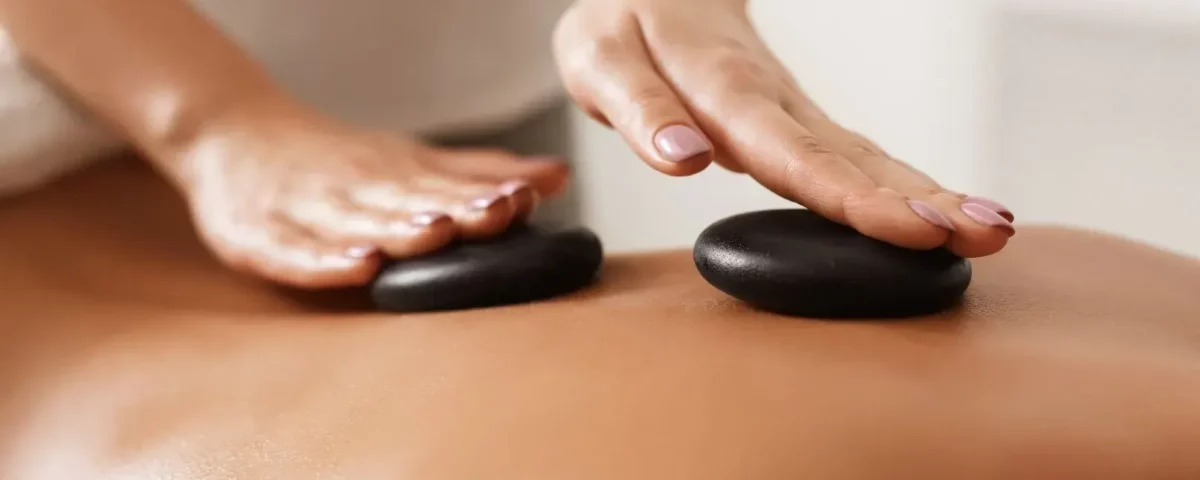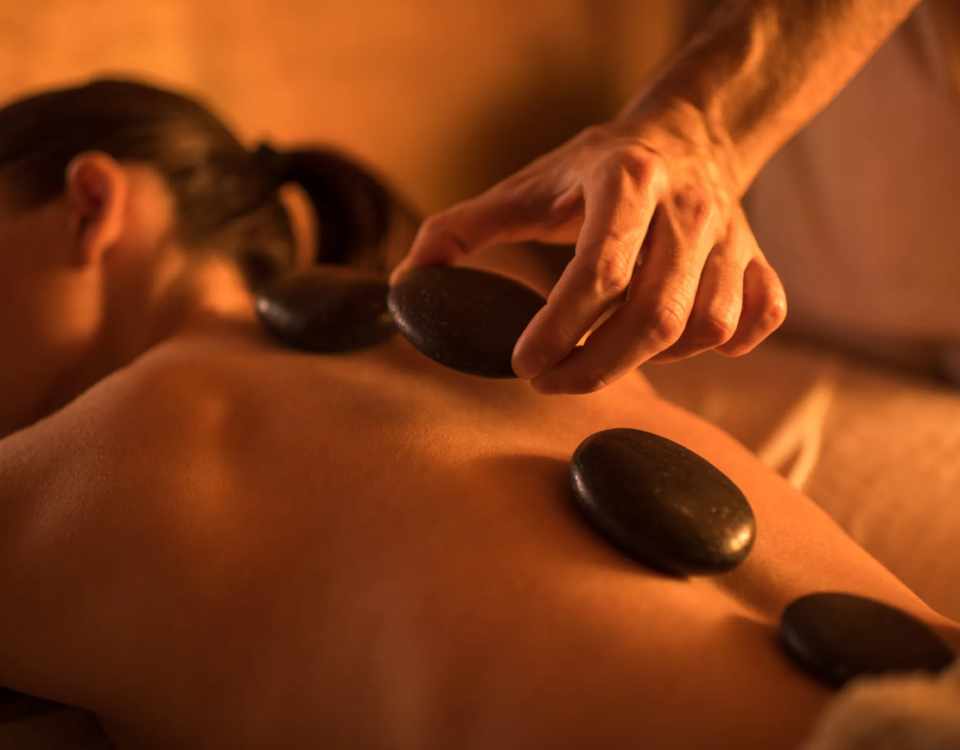
Hot Stone Massage Vs. Classic Techniques: a Detailed Comparison
April 17, 2024
The Art of Heat: How Hot Stone Massage Differs From Traditional
April 17, 2024In the realm of therapeutic touch, two prominent modalities — Hot Stone Massage and Traditional Massage — have gained recognition for their distinct advantages and potential benefits to physical wellness and mental well-being.
Hot Stone Massage, a technique incorporating heated stones to enhance blood flow and promote deep relaxation, contrasts with the Traditional Massage, a method primarily focused on manual manipulation of soft body tissues to alleviate tension, stress, and muscle stiffness.
Each approach harnesses the power of touch in unique ways, offering a myriad of benefits that can be tailored to individual needs. Yet, making an informed decision between these two therapies often hinges on an in-depth understanding of their nature, application, and potential outcomes.
As we delve into this intriguing discourse, one might find intriguing insights and valuable knowledge to aid in making this choice.
Understanding Hot Stone Massage
Delving into the realm of hot stone massage, it is crucial to comprehend that this particular therapeutic technique employs heated stones as tools to apply direct heat and pressure to specific areas of the body, aiding in alleviating muscle tension and promoting deep relaxation. The stones are typically basalt, a volcanic rock that retains heat well. They are usually heated in water to temperatures between 130 to 145 degrees Fahrenheit before being placed along the spine, in the palms of the hands, or between the toes, depending on the client’s needs.
The hot stone massage technique is not solely about the application of heat. It also incorporates traditional Swedish massage techniques such as long, flowing strokes, kneading, and circular movements. These are performed with the hands, either separately or in conjunction with the hot stones. The combination of heat and pressure helps to warm up tight muscles, allowing the therapist to work more deeply and effectively. The result is a deeply soothing, therapeutic experience that not only relieves physical stress and strain but also induces a sense of calm and well-being, fostering a deeper connection to one’s body.
Exploring Traditional Massage Techniques
While hot stone massage incorporates some traditional techniques, it is essential to fully understand the breadth and depth of traditional massage therapies, which have been honed over centuries to relieve physical discomfort, reduce stress, and promote overall wellness.
Traditional massage, often referred to as Swedish massage, encompasses a variety of techniques designed to relax muscles by applying pressure against deeper muscles and bones, and rubbing in the same direction as the flow of blood returning to the heart. This process helps to increase the oxygen flow in the blood and release toxins from the muscles.
Another popular traditional technique is the deep tissue massage, targeting the deeper tissue structures of the muscle and fascia. It involves slow strokes and deep finger pressure on the contracted areas. It is particularly beneficial for chronic aches and pains.
Reflexology or foot massage, another traditional massage technique, focuses on pressure points on the feet that correspond to specific organs of the body. This method can help restore balance to the body and enhance overall well-being.
Conclusion
In summary, the selection between hot stone and traditional massage hinges upon individual health needs and preferences.
Symbolically, hot stone massage, akin to a burning hearth, provides comforting warmth and deep muscle relaxation.
Traditional massage, resembling an expertly played symphony, targets specific pain points in a rhythmic cadence.
Both distinct in their therapeutic approach, they represent valuable tools in the quest for bodily well-being and relaxation, each offering unique paths to achieve this common aim.
Read More:
The Art of Heat: How Hot Stone Massage Differs From Traditional
Hot Stone Massage Vs. Classic Techniques: a Detailed Comparison





